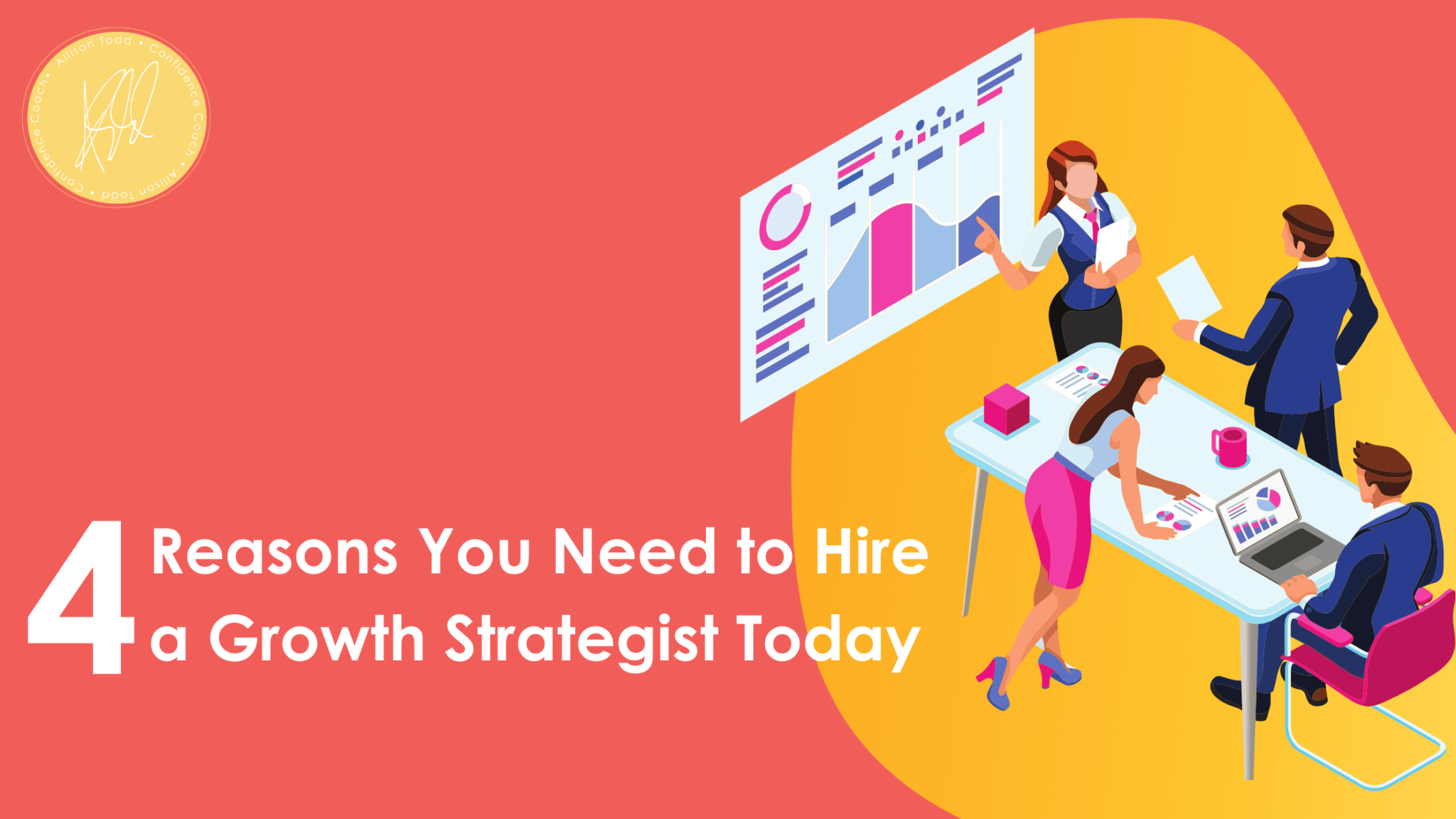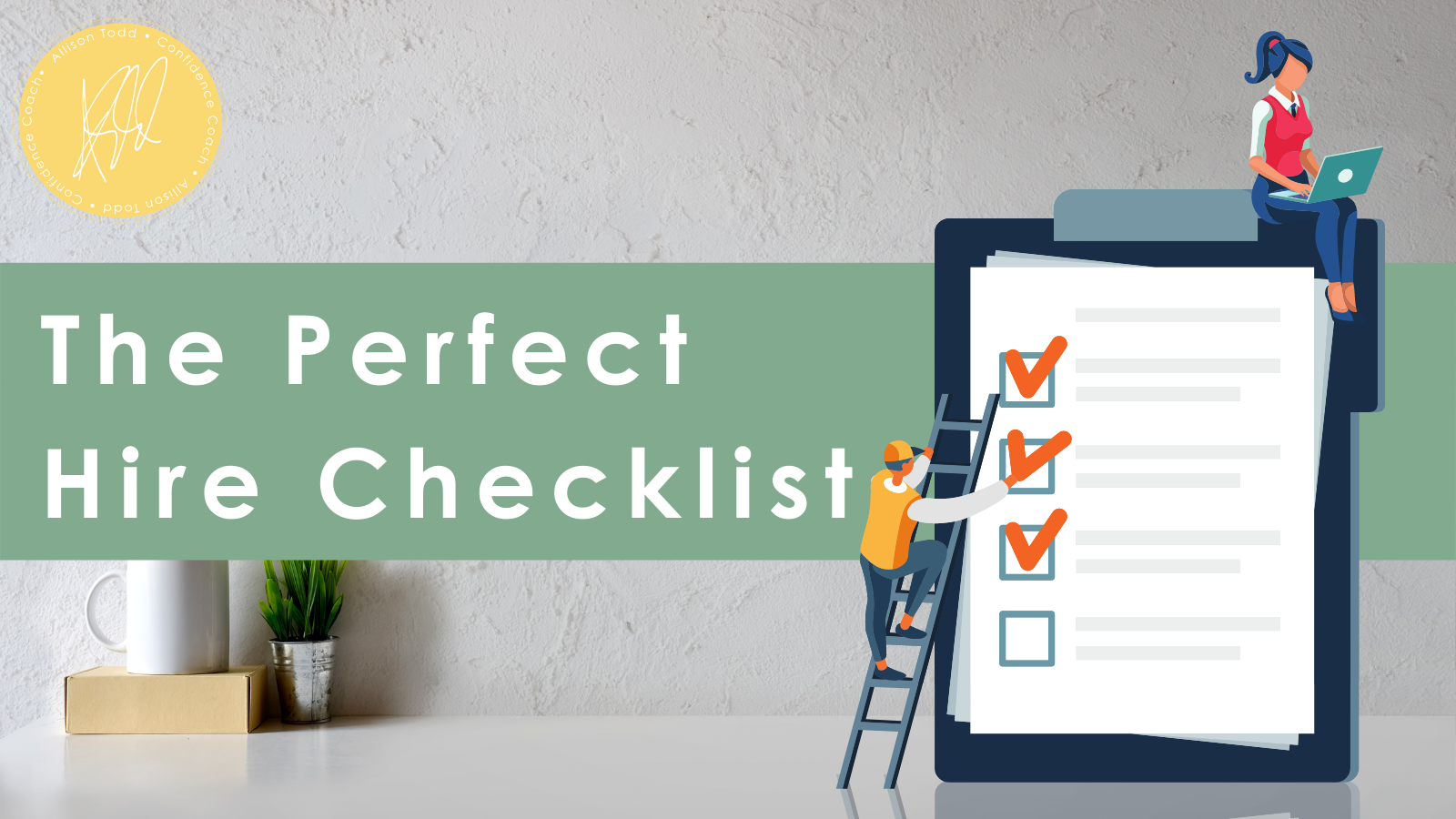Confidence is just something you have or don’t have, right?
Wrong! Confidence isn’t something you’re just born with. It’s a skill that is developed with time and intentional practice.
If you don’t feel confident, don’t worry – you can learn to become more confident and influence people in business and in life.
1. Practice Self-Love
If you want to be confident, you need to love yourself first. When you love yourself and all that you are – flaws and everything – you’ll have confidence no matter what comes along.
Before you can master the art of confidence, you must master self-love, self-respect, and self-awareness. Be proud of your values and your strengths, and commit to working on your weaknesses. You can acknowledge your flaws and still appreciate what makes you, you.
2. Conquer Your Self-Limiting Beliefs
People without confidence are prone to unconsciously adopting limiting beliefs about their capabilities or what they deserve. Then, as they self-sabotage, they reinforce the beliefs that were there all along.
Overcoming these self-limiting beliefs is a major step toward true confidence. Consider the thoughts and beliefs that diminish your confidence, such as self-doubt, anxiety, and insecurity. Replace them with empowering beliefs – you CAN do it and you DO deserve it.
3. Align Confidence with Your Goals
Why does becoming more confident matter to you? Are you a leader in your workplace and you need to project confidence to run your team? Do you present at conferences and need confidence to conquer your fears?
Knowing the purpose behind seeking confidence is the first step to realizing your goals and taking concrete steps to achieve them. Once you know the purpose of building confidence, it’s about training your brain to be more confident and secure.
4. Change Your Body Language
Confident people exude confidence before you ever speak to them – it’s all in the body language. They make eye contact, stand up straight, and shake hands firmly.
Fortunately, this is one you can “fake until you make it.” Lack of confidence takes a toll on your body language. Stand up straight, take purposeful strides, focus on eye contact, and make your presence known. You’ll naturally feel more confident, which can change your mindset.
5. Shift Your Perspective
If you’re feeling down or discouraged, a shift in your mindset can do wonders. Change your perspective on failure or loss. Remember, every misstep is creating a foundation for learning and future successes.
See failures as opportunities, rather than challenges. Focus on the positives of the situation – what did you learn? How can you grow? Success isn’t as sweet without failure.
6. Use Goal Visualization
Positive visualization can help you build confidence and create an environment of positivity. When you visualize something positive over and over, you start to believe it’s true. When the success finally arrives, such as getting that raise or promotion, you mentally pat yourself on the back.
Confidence Building with Allison Todd
Confident people aren’t born – they’re made. If you want to build your confidence and put your best self forward, coach Allison Todd can help. Her business coaching programs teach you how to have decisive confidence and make better and more strategic decisions within your business. Contact Allison Todd to learn more about coaching services!


